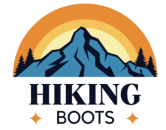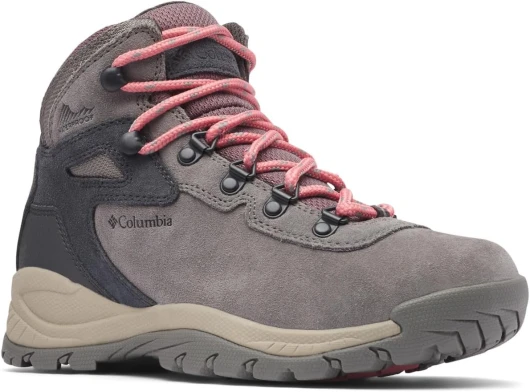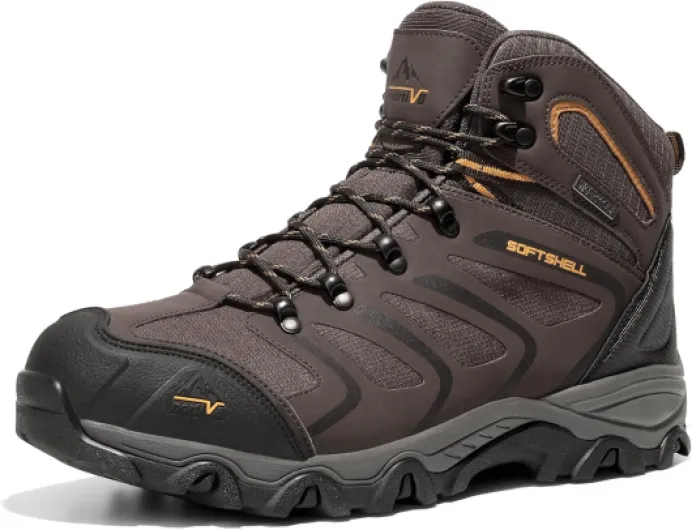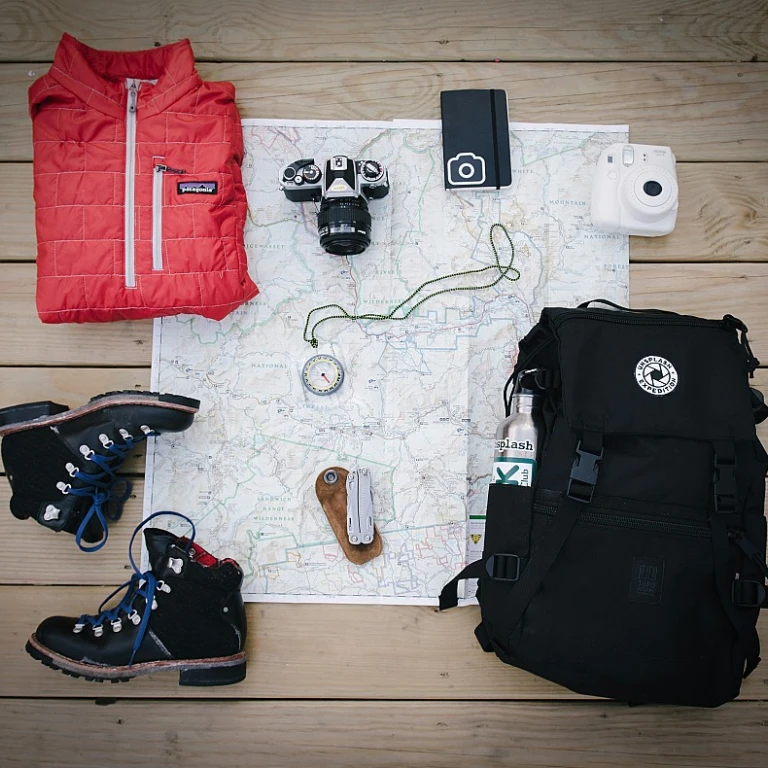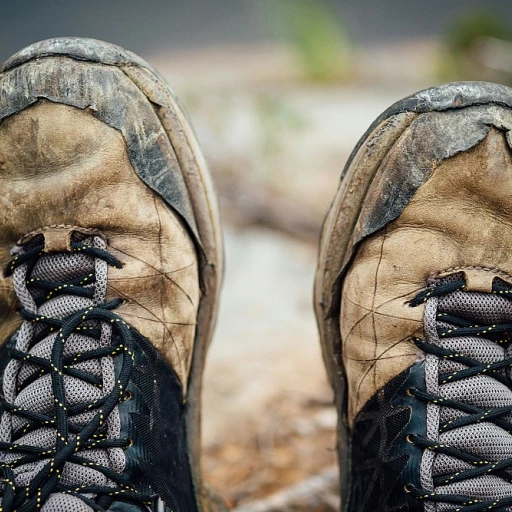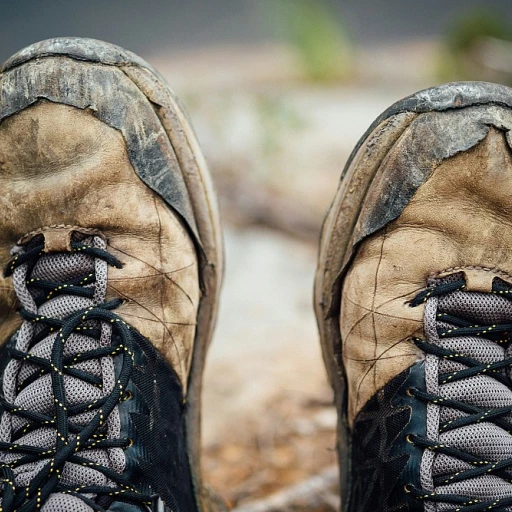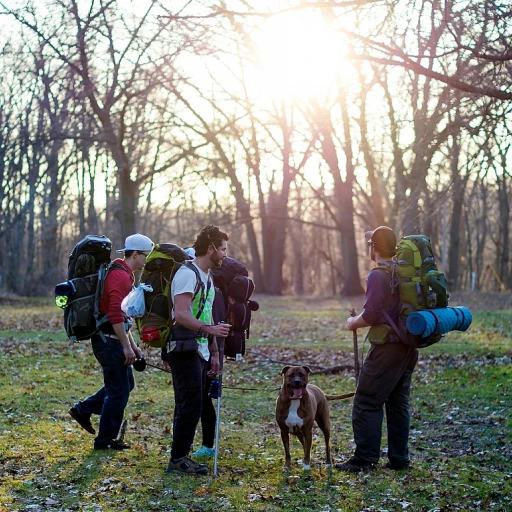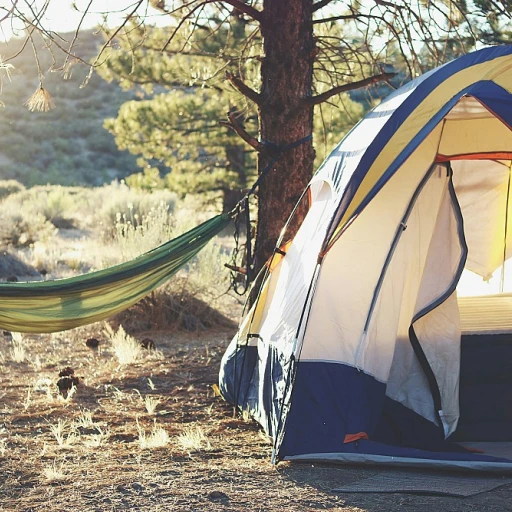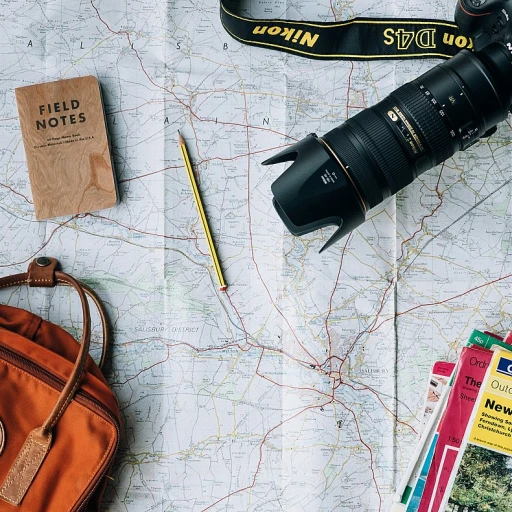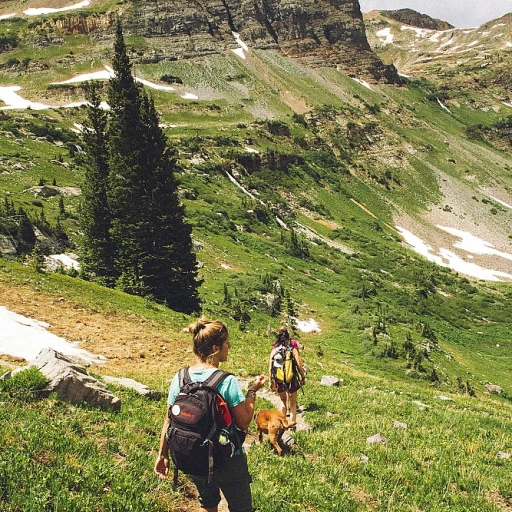
Understanding the Importance of Proper Footwear
The Significance of the Right Footwear
When venturing out onto gentle hiking paths, especially in destinations like Joshua Tree National Park, Los Angeles, or the serene trails of Southern California, ensuring you have the appropriate footwear is crucial. Your hiking experience can be highly rewarding, offering breathtaking views of canyons, falls, and rock formations, but only if your feet are well-supported throughout the journey.
Many hikers underestimate the impact of wearing proper hiking boots, often opting for regular athletic shoes for what they assume will be an “easy hike.” However, even on a relatively straightforward trail hike, the terrain can vary—smooth paths might quickly transition to loose rocks or sandy surfaces, such as those found in the national forests of California or the loop trails of Orange County and Palm Springs. The right hiking boots will protect your feet, prevent injuries, and provide much-needed traction.
For those who enjoy exploring premier parks and trails, like the ones in Inland Empire or the famed San Jacinto, choosing boots that lend themselves well to different environments is paramount. While the task of picking hiking boots tailored to specific terrains might seem daunting, understanding the essential qualities to look for can make the process manageable. As we delve further, we’ll explore the key features and common pitfalls to avoid when selecting your ideal pair of hiking boots.
For those curious about accessible trails that don't compromise on beauty, or if you're planning your next adventure in these stunning locations, be sure to check out our comprehensive guide for more insights.
Features to Look for in Hiking Boots
Key Characteristics That Enhance Your Hiking Experience
When selecting the perfect hiking boots for your gentle trail adventures, several features are crucial to ensure comfort and support. The right pair can make your exploration of majestic peaks and tranquil springs a truly memorable experience.- Comfort and Fit: Prioritize hiking boots that offer a good fit; consider the shape of your foot and whether the boot accommodates it well. Boots that are too tight can cause serious discomfort, especially on longer hikes through national parks like Joshua Tree.
- Support and Stability: Look for boots with sturdy soles and strong ankle support. This is particularly important for trail hikes around areas with uneven terrain, like the rocky outcrops found in Southern California's San Jacinto.
- Durability: The material of the boots should withstand the rigors of trail miles. In regions like Riverside County, where hikers frequently explore canyon trails, the boots must be robust enough to handle wear and tear.
- Water Resistance: Waterproof boots are essential when trails lead through damp environments, whether it's a loop trail in a state park or the wetter segments near streams and falls.
- Breathability: hiking trails in hot climates, such as Palm Springs or Crystal Cove, require boots that allow your feet to breathe and stay cool.
Comparing Hiking Boots for Different Terrains
Assessing Footwear for Varied Trails
When it comes to selecting hiking boots for diverse terrains, it's essential to match the boot's capabilities with the trail's demands. In Southern California, for instance, the hiking trails range dramatically, from easy hikes in gentle parks to demanding loops in the national forest areas. For easy hikes, like those found in Orange County's Crystal Cove State Park, a lightweight shoe with good breathability often suffices. These paths tend to be shaded by tree canopies, offering a more relaxed experience. On moderate terrain, like the loop trail of San Jacinto or Palm Springs' iconic hikes, you’ll want a more robust boot. One that offers greater ankle support and shock absorption is advisable, especially as you navigate the rockier parts of these trails. For more challenging trails, such as those found in the canyons or near a peak, as seen in the Joshua Tree National Park or Riverside County expanses, a boot designed for durability and serious traction is crucial. Look for soles that grip and materials that keep moisture at bay when trekking across miles of changing topography. When preparing for a varied hike adventure, consider the elements of the trail and what features your hiking boots offer to optimize your journey. As you navigate through trails—from the gentle loops of greater Palm Springs to the demanding peaks of San Diego County—having the right kind of footwear can make the difference between a mere trail hike and a memorable trek. You might want to consult the ultimate gear list for the long trail to ensure everything matches your intended exploration.Common Mistakes When Choosing Hiking Boots
Avoiding Common Footwear Pitfalls
Choosing the right hiking boots can make the difference between a pleasurable trek and an uncomfortable journey. Yet, many adventurers, from seasoned mountaineers exploring San Jacinto Peak to those on moderate hikes in Orange County, make similar mistakes when selecting their footwear. Ensuring you are equipped properly for your next adventure in a state park or along a canyon trail requires awareness. Consider the terrain you will be tackling. While boots designed for easy trail hikes in parks like Joshua Tree or Crystal Cove might suffice for gentler paths, they are often inadequate for more challenging terrains like the Eagle Rock Loop in Los Angeles. Boots should be tailored to the environment, with specific attention to the trail's demands, whether it's rockier surfaces or muddy patches. Another common oversight is not testing your boots adequately. It's crucial to try them out on a variety of surfaces before setting foot on extended hikes spanning several miles. An easy test on a loop trail in a nearby national forest can confirm the fit and comfort level. This simple step can prevent the regret of blisters and sore feet when far from home. Some hikers underestimate the impact of weight. Heavier boots might offer better support in tough conditions like those found in greater Palm areas or San Bernardino's rugged trails, yet they can also tire the legs faster on easier hikes. Balancing weight and support is essential, especially if traversing mixed terrains across Southern California's diverse landscapes. Lastly, don't overlook the effects of climate and weather. In regions like Palm Springs or Riverside County where temperatures soar, breathable materials can help maintain comfort throughout your trek. It's vital to choose boots that accommodate the specifics of the environment you will be hiking in, ensuring a comfortable experience whether in rock canyons or along peaceful springs.Maintenance Tips for Longevity
Taking Care of Your Hiking Companions
Maintenance of hiking boots is crucial not only for maximizing their lifespan but also for ensuring a safe and comfortable experience on trails from Crystal Cove in Orange County to the peaks of San Jacinto. Here are a few essential tips:- Clean Regularly After Each Hike: Whether you’re exploring a loop trail in Greater Palm Springs or traversing through San Jacinto’s rugged terrains, it’s important to clean your boots after each hike. Remove mud and dirt, especially if you've been on a particularly muddy or rocky path. Use a soft brush and mild soap for the uppers to avoid damaging the material.
- Remove Insoles: After a long day of hiking in areas like Joshua Tree or the national parks in Southern California, take out the insoles and let them dry separately. This helps prevent odor and maintains foot hygiene, essential for both moderate and more demanding hikes.
- Storage Matters: When not in use, especially after hiking several trail miles in national forests, store your boots in a cool, dry place. Avoid leaving them in direct sunlight or in the trunk of a car where heat can warp the materials or harm waterproof linings.
- Apply Waterproofing Treatments: Before heading to places like Palm Springs or embarking on a San Jacinto peak trail, it's advisable to reapply a waterproofing spray to maintain the boots' resistance to unexpected streams or rain showers.
- Inspect for Wear and Tear: Regularly check the soles and seams, particularly after hiking canyon trails or the rugged paths of Riverside County. Replace worn-out soles and fix any seam damages promptly to avoid compromising the boots’ structural integrity.
